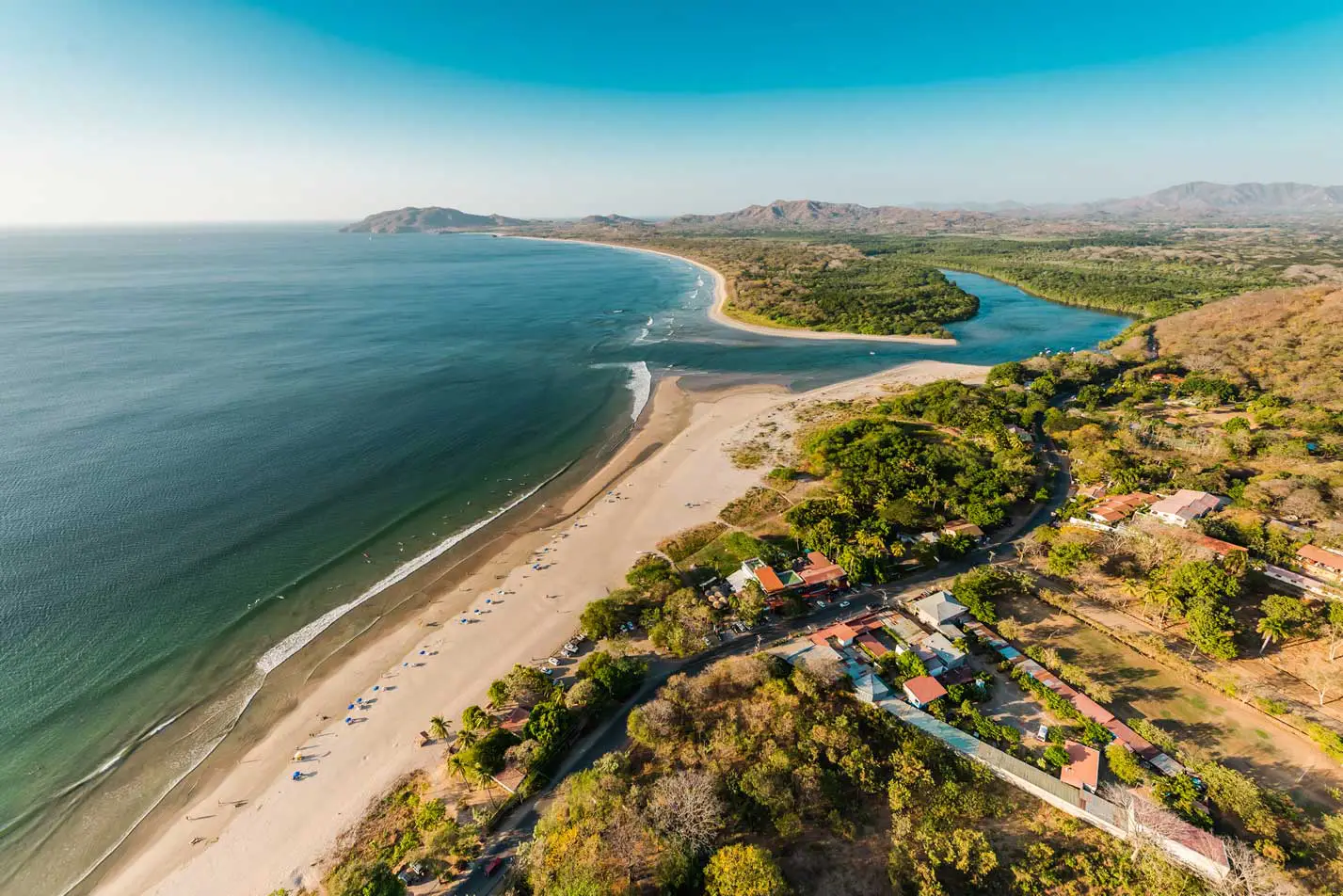As the official rainy season approaches in Tamarindo (September and October are the rainiest months of the year) we’ve already had a few spectacular thunderstorms. At WRSC, we often find ourselves surfing in the rain, and generally it’s great. A light rain can knock down the winds, and glass up the swell. Plus, the rain down here is in the 80 degree range, and often comes with bonus rainbows, so it’s pretty groovy. But thunderstorms are different. We usually get at least one a week this time of year, mostly at night, and they can be real earth shakers. Sometimes you’re out surfing when one starts forming in the afternoon.
The other day, surfing with my 10 and 12 year old, a big thunderhead started rolling in from the Southwest over the ocean, and soon there were lighting bolts visible a few miles off in the distance. Everybody else in the water kept surfing, but my kids asked how far away a thunderstorm was safe. Of course we all know that thunderstorms are dangerous, but for a quick answer to “how far away”, I didn’t have a good answer, so we got out of the water. A few days later, the topic came up at lunch with co-workers, and nobody seemed to know either. The general consensus was that they got out of the water when everybody else started to…which was sometimes when thunderstorms were almost directly overhead.
So I hit the internet for some answers. Turns out, surfing anywhere close to a thunderstorm is a pretty bad idea. A quick Google search shows dozens of articles about surfers all over the world who have been struck while surfing, and also diving, boating, and all other forms of water recreation. Being on the beach wasn’t much better. In fact, being in the water was the second most dangerous place to be (the most dangerous is standing in an open field). The answer my kids were looking for…is that no distance is really safe. If there’s a thunderstorm in the area, or even building thunderheads, it can strike unexpectedly even if it’s still sunny where you are. In my tour of various articles, I was surprised to learn that only about 17% of people who are struck by lightning actually die…and yet I’d rather not join either statistical group.
Salty seawater is an excellent electrical conductor, and a lightning strike up to 90 meters away (a football field) in the water can still kill you. Lightning will always seek out the highest point to strike, and a surfer on a wave or sitting in the lineup could be that lightning rod. In the grand scheme of things, the chances of getting struck are still really, really low. But I don’t think I’ll push my luck. As beautiful as thunderstorms are, I’ll be watching the next one from the bar, not my board.
–Yana
WRSC







